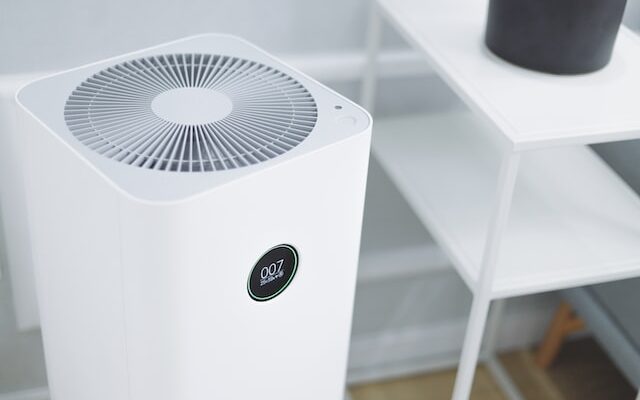Evaporative cooling in Melbourne is gaining steady popularity as the preferred way for home and business owners to cool their work and living spaces. Evaporative cooling is one of the most energy-efficient and cost-effective ways to cool any space, while also having the rare benefit of being eco-friendly due to the reduced emissions associated with these systems. This article will take a look at how evaporative cooling works, the different types of evaporative coolers available on the market, and other important aspects that can help you decide if these systems are right for you.
The Benefits of Evaporative Cooling
Evaporative cooling has many benefits, especially when compared to conventional cooling systems such as air conditioners. Evaporative cooling is generally much more energy efficient than traditional air conditioning systems, as there are simply fewer moving parts in these types of systems meaning they use far less electricity to operate. Over the course of the appliance’s lifecycle, this can lead to a noticeable reduction in energy bills and very real cost savings for homeowners and businesses.
Evaporative cooling in Melbourne also has the benefit of being more eco-friendly than conventional air conditioning, as this type of system doesn’t rely on the use of refrigerants or chemicals that can be extremely harmful to the environment when released into the atmosphere. Evaporative cooling is a natural process, utilising the principles of evaporation and adapting them to be an effective method for cooling your home or workspace.
The Mechanics of Evaporative Cooling
The process of evaporative cooling involves drawing hot air from inside your building and passing it over pads or filters located within the cooler itself, which are typically covered in water. As the air passes through these cool pads or filters, the heat is absorbed by the moisture, and the air is cooled as a result. This cooled air is then recirculated back into the home or workspace, providing a noticeably rapid cooling effect and instant relief from the heat.
Types of Evaporative Coolers
There are two main types of evaporative coolers available on the market – ducted and portable units. Ducted evaporative coolers are installed in a central location and utilise the ductwork of the building to distribute cooled air quickly and efficiently. Portable evaporative coolers, on the other hand, are smaller units that can be moved around and used in different rooms as needed. Ducted systems are generally best for large buildings or homes, while portable units work better in smaller spaces such as single rooms or apartments.
Installation Considerations
When installing an evaporative cooler, it’s important to consider factors such as the location where the unit will be installed as well as the size of the unit. The location for evaporative cooling in Melbourne should be chosen carefully so that the home or business owner has access to and can leverage fresh outside air, allowing them to maximise the cooling effect of the unit. The size of your unit should be based on the size of your home or the space you’re intending to cool. You’ll need an evaporative cooler that’s powerful enough to effectively cool the area without thrashing its performance or perhaps being “overkill” for your space.













